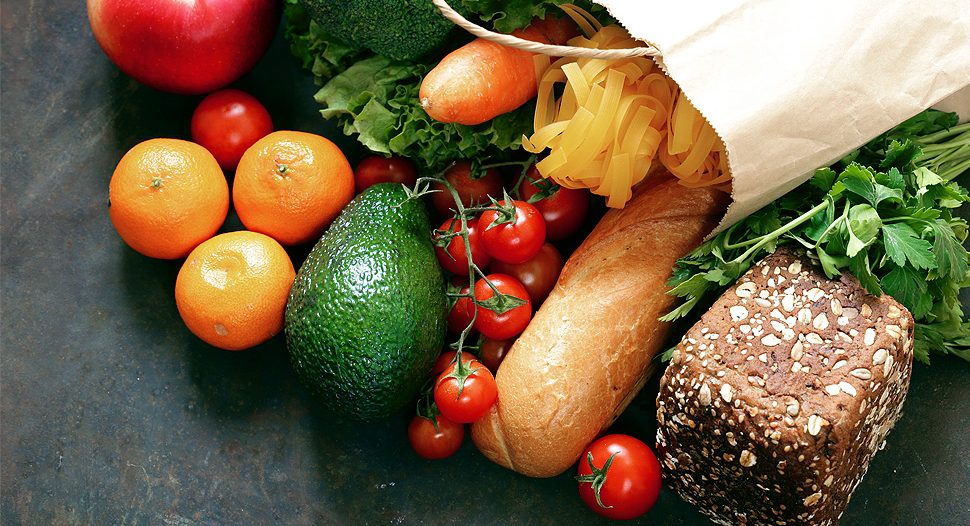Freezing fruits and vegetables often raises the common question of whether the nutritional value of the produce stays intact. In fact, if you freeze your produce at their maximum ripeness, you still get majority of the fruit’s original nutritional value once thawed and eaten. The bonus? Your produce stays fresh in the freezer for a much longer time!
Every household can benefit from freezing seasonal fruits and vegetables, or even fresh berries that go on sale, for great money’s worth. Here’s a quick guide on how to properly freeze your fresh produce for a longer shelf life in your home.
Freezing Berries
Whether its blueberries, raspberries or blackberries, lay them out on a baking sheet placed on a large tray. Keep them spaced apart as much as possible – this is to enable them to freeze individually without sticking together in clumps. Cut the stems off your strawberries if you prefer, otherwise whole strawberries do well in the freezer too. Once they are frozen, you can bag them in your ziplock or store them in Tupperware containers.
Freezing Bananas, Mangoes, Melons & Stone Fruits
There are certain fruits that do better in the freezer after some slicing and dicing. When it comes to bananas, melons, mangoes, stone fruits and any other produce with more delicate flesh, it is easier and more space-saving to dice them up for freezing. Space them out on a tray as well so they freeze individually, before packing them into your Tupperware container or ziplock bag for keeping.
Freezing Vegetables
Corn does exceptionally well for freezing as its one of the vegetables that isn’t affected by temperature change. Slice the kernels off the cob and store them in a ziplock bag – you’ll save lots more space that way.
For most vegetables like broccoli or peas, you will need to blanch them in boiling water for 3-4 minutes before transferring them to ice cold water to stop the cooking process. This helps maintain the colour and nutrients in your vegetables better, and kills any surface organisms that can result in spoilage over time. Thereafter, you can just freeze your chopped up pieces of vegetables as per normal.
Freezing Fresh Produce That are Prone to Oxidisation
Avocados, apples, peaches and all your favourite fruits that turn brown quickly after slicing will benefit from a little citric acid to prevent discolouration and help kill microorganisms. A simple, natural solution is to dip your fruits in a mixture of lemon juice and water, before proceeding to freeze them. You’ll be surprised at how effective this single step makes for keeping your produce looking and staying fresh!
Removing Air From Your Ziplock Bags
Remove as much air as possible from your ziplock bags of frozen produce to prevent hoar frost from forming, and to help keep your produce lasting longer. An easy way to get excess air out from your ziplock bag is to seal it tight, save for a small gap to insert a straw in the bag. Suck the air out of the bag before quickly removing the straw and sealing it.
Use your frozen fruits for breakfast smoothies, or vegetables for making soups. The possibilities are endless now that you’ve got yourself ready for a whole bunch of produce freezing!



